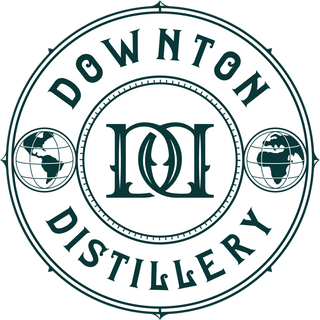Last month, I was shown an Irish Guards Company colour, and as a former Scots Guards officer, I was intrigued by its connection to the Great Bustard. Delving into the history, I uncovered a fascinating story that ties this magnificent bird to the regiment’s heritage.
During the Peninsular War (1807–1814), Irish soldiers began a bold tradition—adorning their shakos (military headwear) with Great Bustard feathers. While the exact origins remain unclear, these large birds roamed the Iberian countryside, and it is believed that they were initially hunted for food, with their striking feathers becoming an unintended but distinctive adornment.
When the Irish Guards were founded in 1900 by Queen Victoria, they followed the Household Division’s tradition and adopted a blue plume instead. However, the regiment never forgot its historical connection to the Great Bustard.
During World War I, as the Irish Guards expanded to a 2nd and 3rd Battalion, distinct company badges were introduced. Around this time, Lord Kitchener, the newly appointed 2nd Colonel of the Regiment, brought an unexpected link to the past. His ancestral coat of arms, tied to his Wiltshire heritage, prominently featured the Great Bustard. Seizing the opportunity to revive this historic association, the bird was reinstated as a regimental emblem, proudly displayed as part of Company Number 20 (XX) colours.
Today, this tradition endures. The Company Colour is currently held by Regimental Lieutenant Colonel, Major General Sir Christopher Ghika CBE, who previously served as Major General Commanding the Household Division, overseeing both the Queen’s funeral and the King’s coronation. The Great Bustard remains a proud emblem of the regiment’s history, tradition, and a touch of Irish flair!





